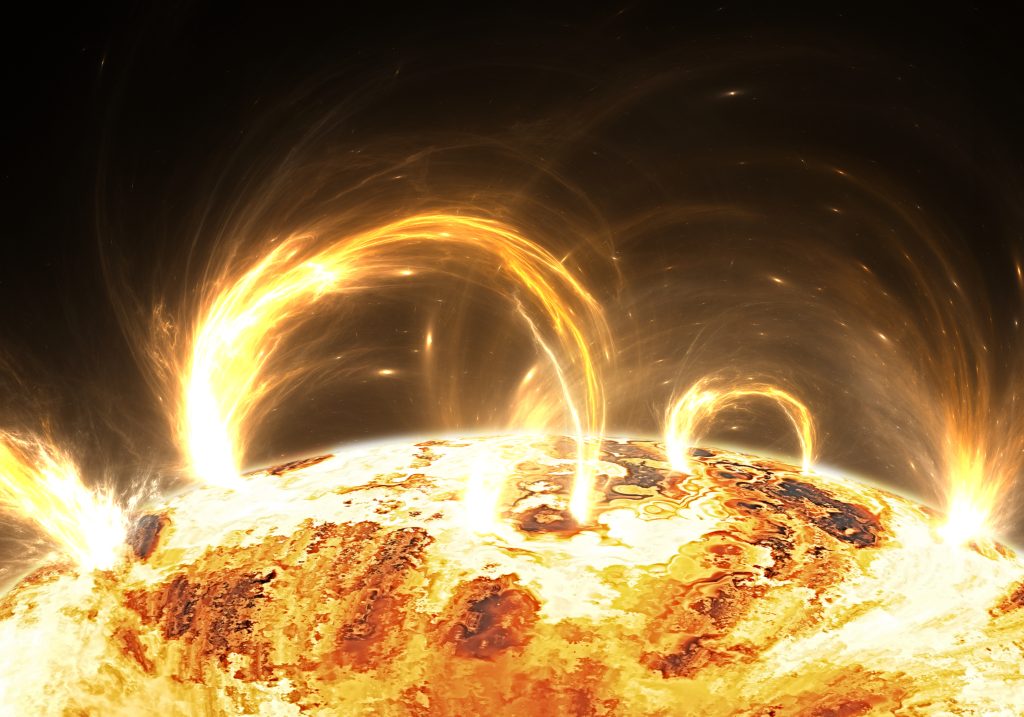what is Proton Flux
Answer
Proton Flux, in the grand scheme of cosmic phenomena, is like the solar system’s version of a particularly rowdy party where protons are the guests, and they’re all cranked up to high energy levels.
Imagine, if you will, the sun throwing a massive flare or a coronal mass ejection (like sending out an intergalactic pizza delivery but with protons instead of pepperoni). These protons, once they’ve had their share of solar energy, get flung towards Earth or other celestial bodies at speeds that would make even the Flash feel a bit envious.
Here’s the cosmic lowdown:
-
What It Is: Proton Flux refers to the flow of protons (particles with a positive charge) that have been accelerated to high speeds by solar events like flares or coronal mass ejections.
-
Why It Matters: These protons can interact with Earth’s magnetic field, creating auroras (nature’s disco lights) and can be quite a nuisance for satellites (which don’t appreciate being used as cosmic punching bags) and astronauts (who prefer their radiation exposure to come from less explosive sources, like tanning beds).
-
Measurement: Scientists measure this flux with instruments on satellites like GOES, giving us data in proton flux units (pfu). It’s like counting how many party guests crash your house, but these guests are invisible and move at nearly the speed of light.
-
Impact: High Proton Flux events can disrupt radio communications, affect satellite operations, and pose risks to space travel. Essentially, it’s like the sun occasionally decides to send a reminder that in the cosmic neighborhood, it’s still the big boss.
So, Proton Flux is essentially the sun’s way of saying, “Here comes a high-energy proton shower!” making life interesting for those of us who live in the path of this celestial particle tornado.

